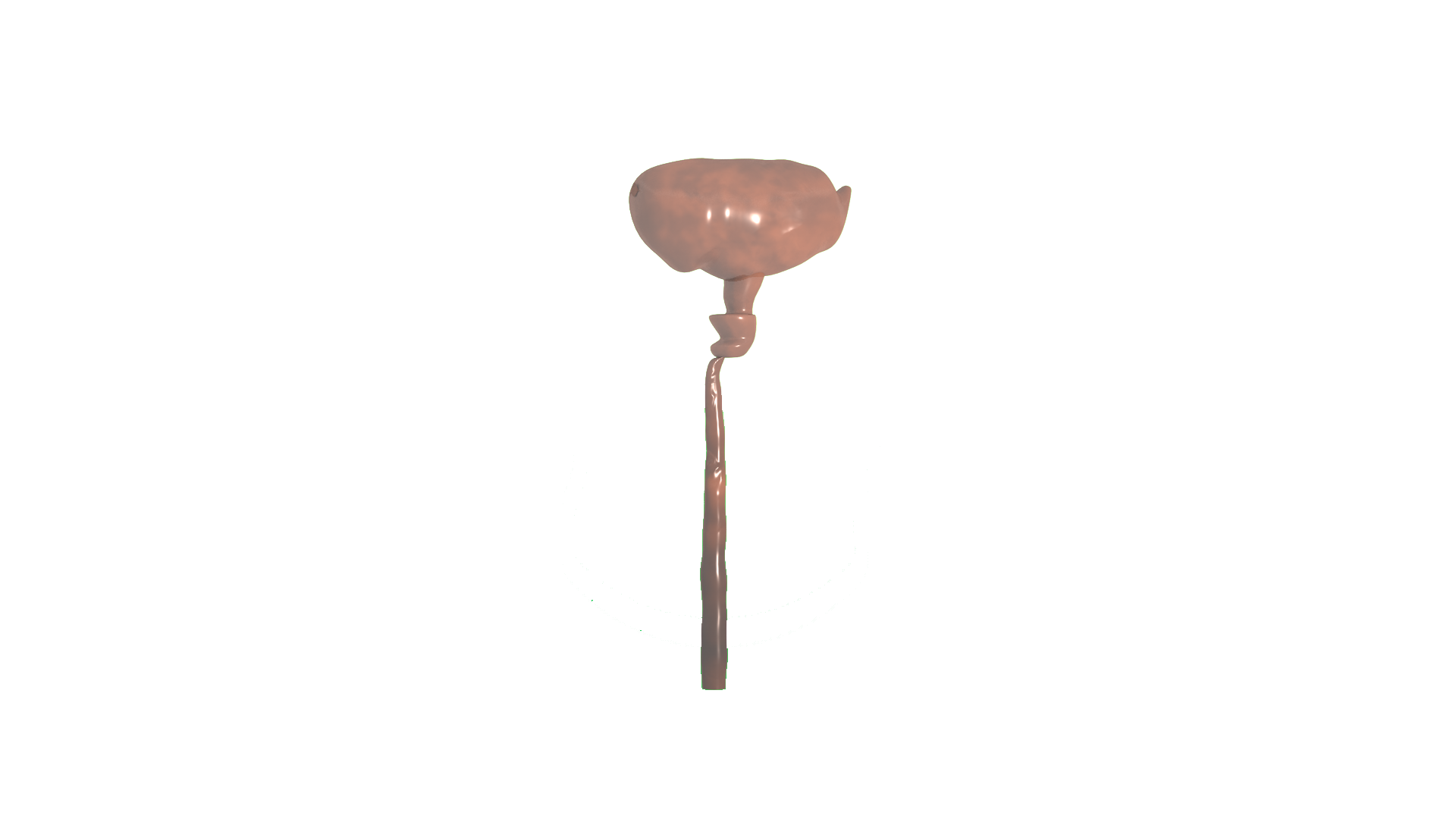Designing the extended title sequence of the show, enables the viewer to travel through the animated sites of the legal drama. Opening on a live action scene in a living room, the film situates the show within the wider implications of an AI maintained legal system: one that is automated and impersonal. The film then enters the animation sequence, journeying through the sites of the legal drama: a supreme court pop stage set; a rehearsal room for an OJ trial; the entrance hallway; the screen room; the infinite prop room; courthouse square; the OJ motorway. Within these spaces, the boundary between what is and is not performance space is blurred. Actors, crew, cleaners, visitors, are absorbed in this continual performance of law and the overtly symbolic architecture participates in the charade. The ambiguity of the animated landscape emphasises the representational nature of the legal performance - are the spaces depicted representations of the physical site, or virtual spaces in of themselves?
James v Birnmann exploits the tensions between the familiar and unexpected, entertainment and unease; it invites the audience to question their current relationship to the legal system and perception of the law. Through adopting popular narratives and aesthetics, the project seeks to engage the public with the complexities of an AI legal system.
